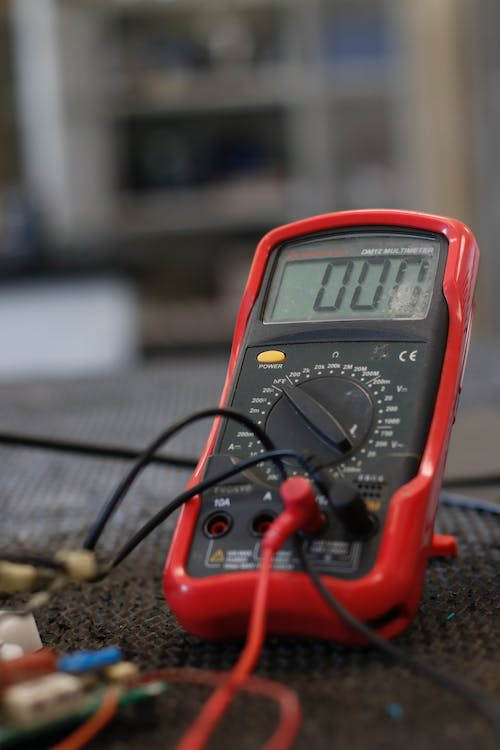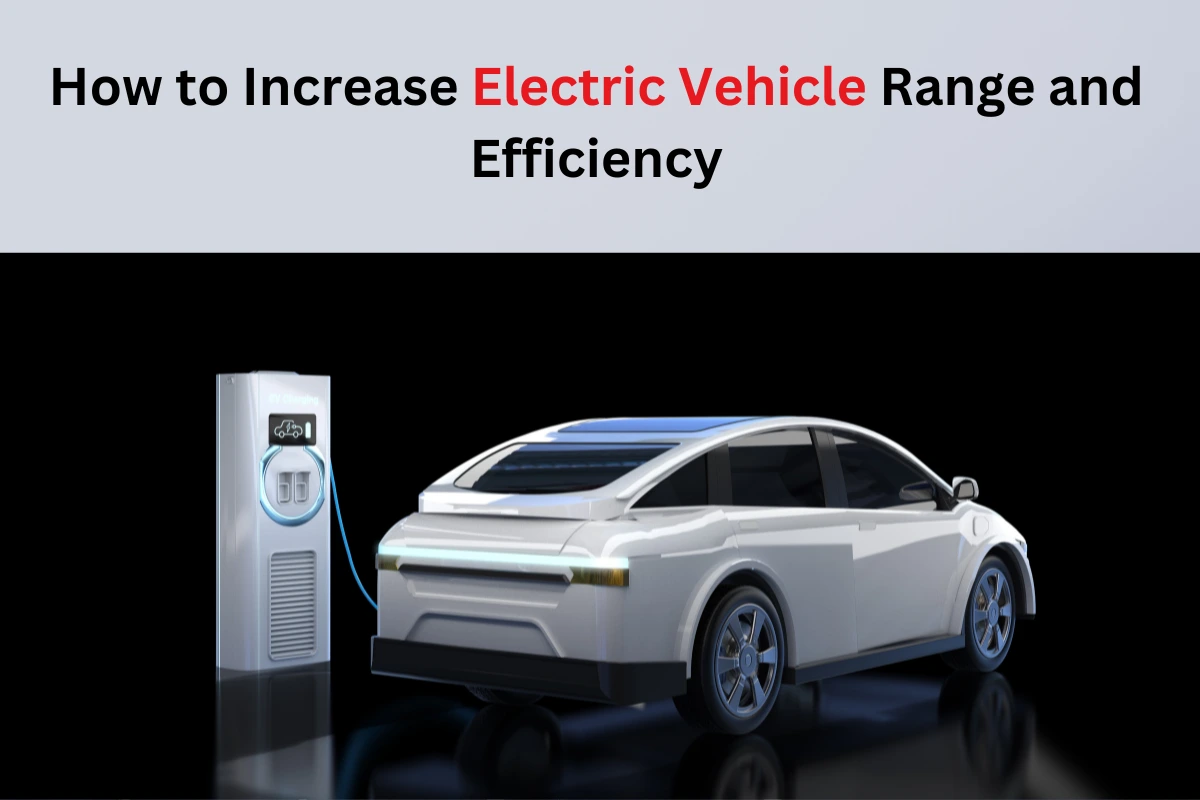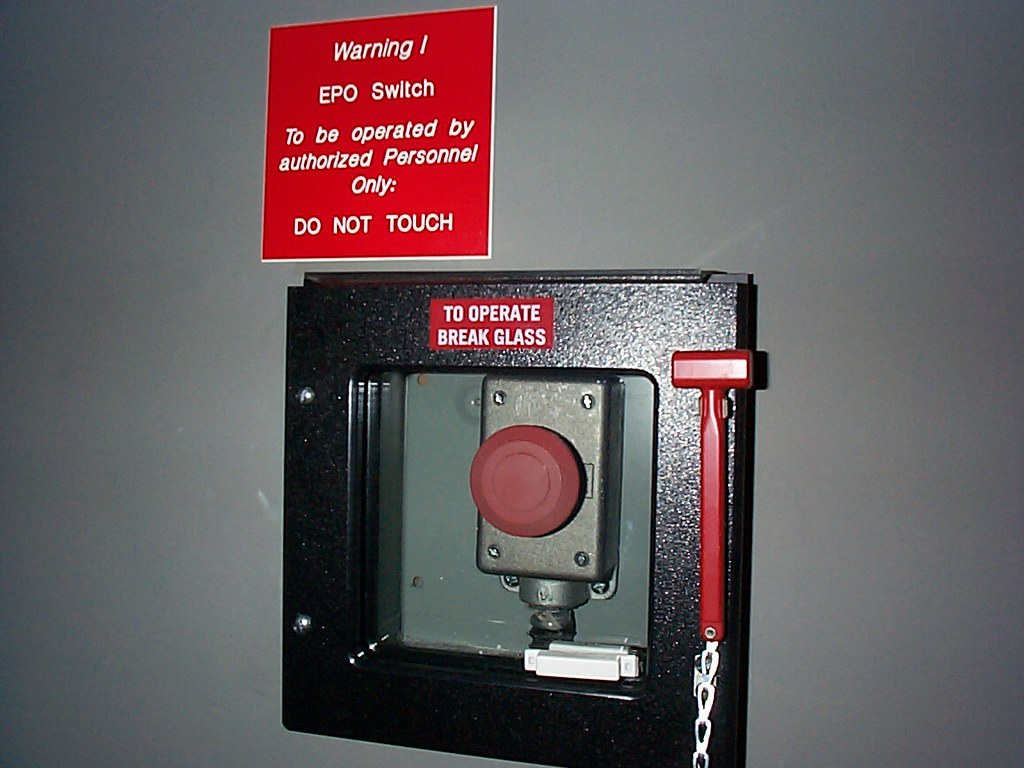
Low Voltage in Your Home: What’s Causing It and How to Fix It?
Do your lights sometimes flash as if they are playing hide-and-seek? Or have you noticed your gadgets are running slowly? It’s like your house is trying to tell you something, and maybe it’s a low voltage problem in your home. But don’t worry, we are here to solve your problem, just like ABC.
What is Low Voltage?
Low voltage shows a condition in which the electrical potential, or the force that drives an electric current through a circuit, is less than the standard or expected level. In other words, there is less electricity than needed to run the electrical system smoothly.
The standard voltage in the United States is about 120 volts, and in many parts of Europe and Asia, it is 230 volts. If, however, the voltage drops below these levels, it can cause lights to dim, appliances to become slow or inefficient, or to turn off suddenly.
Standard Voltages and Frequencies by Country
Here’s a summary of the standard voltages and frequencies used in different countries:
| Country | Region | Standard Voltage (V) | Frequency (Hz) | Plug Type |
|---|---|---|---|---|
| United States | North America | 120 | 60 | A/B |
| Canada | North America | 120 | 60 | A/B |
| United Kingdom | Europe | 230 | 50 | G |
| Germany | Europe | 230 | 50 | F |
| France | Europe | 230 | 50 | E |
| China | Asia | 220 | 50 | A/C/I |
| Japan | Asia | 100 | 50 | A |
| Australia | Oceania | 230 | 50 | I |
| India | Asia | 230 | 50 | D/M |
| Brazil | South America | 127 | 60 | A/B/C/I |
| South Africa | Africa | 230 | 50 | D/M/N |
| Russia | Europe | 230 | 50 | C/F |
What Happens with Low Voltage?
Low voltage can have several adverse effects on electronics:
- Reduced Performance: Devices may not operate at their full potential, resulting in slower processing speeds, decreased efficiency, or limitations in capabilities. For instance, a computer’s start-up time could be slowed down by 30%.
- Malfunctions and Erratic Behavior: Devices can behave unpredictably, such as random shutdowns or display flickering. For example, lights might dim by 20%.
- Startup Problems: Low voltage can hinder the device’s ability to power on or cause difficulties in initiating the startup process1.
- Potential Component Damage: In extreme cases, a significant voltage drop can lead to irreversible damage to sensitive electronic components within the device1.
- Increased Wear and Tear: Devices operating on reduced power levels draw higher currents, forcing the components inside the appliance to work harder, which over time, damages the equipment. For example, the wiring inside equipment that have motors such as fridges suffer substantial wear and tear.
Considering these potential issues, it’s crucial to address low voltage effectively to prevent disruptions and ensure the proper functioning of your electrical appliances and systems in your home. Therefore, if you suspect low voltage problems, seeking the help of a professional electrician is a wise step to identify and resolve the issue efficiently.
What Are the Causes of Low Voltage Problem in My Home?
Low voltage can happen for a few reasons—think of it like minor hiccups in your home’s electricity. The causes of low voltage in a house can vary and may stem from a combination of internal and external factors. Here are common causes of low voltage:
- Resistance in Wiring: When electricity travels through wires, it encounters some resistance. If, however, there’s a lot of resistance, the voltage can drop.
- Distance from Power Source: Imagine the electricity has to travel a long way, like water going through a really long hose. As a result, the longer the distance, the more the voltage can drop.
- Too Many Devices: Connecting too many electrical gadgets or devices to the same power supply, it’s akin to turning on too many tabs at once. This overload can cause the voltage to drop because there’s not enough “water” (electricity) to go around.
- Faulty Equipment: Sometimes, the electrical equipment itself can have issues. It’s akin to having a leak in the hose – some electricity escapes, causing the voltage to drop.
- Power Grid Issues: The whole electrical system is like a big network of pipes. In case of a problem somewhere in this network, such as a blockage in a pipe, it can affect the voltage.
Other Causes of Low Voltage Problem
- Transformer problems: Such as overloading and aging, can lead to overheating and efficiency decline. Issues like faulty cooling systems or insulation failure may result in short circuits and electrical breakdowns. Here’s a diagram of a transformer:
Primary Winding ====> Magnetic Core <==== Secondary WindingThe primary winding receives the input voltage and creates a magnetic field in the core. This magnetic field then induces a voltage in the secondary winding. If the transformer is overloaded, the increased current flow raises the winding temperature, which increases resistance and causes a drop in voltage output
- Aging and wear in transformers occur over time, leading to reduced efficiency and increased risk of failure. Symptoms include overheating, potential oil leaks, and a decline in performance.
- Seasonal changes can impact electrical systems, especially during extreme weather conditions and peak demand periods. Increased demand or environmental factors may strain the electrical infrastructure, leading to voltage fluctuations or drops.
- Faulty cooling system in a transformer can lead to overheating and reduced efficiency. Transformers rely on cooling mechanisms, often involving oil, and failure in this system can result in operational issues and potential damage.
- Insulation failure in transformers refers to the breakdown of protective insulation, leading to potential short circuits and electrical issues. Symptoms may include sparks, electrical arcing, and damage to transformer windings.
Low voltage isn’t good because some devices need a certain amount of electricity to work properly. It’s much like trying to use a water pump that doesn’t have enough water pressure – it might not work as well or could even stop. As a result, keeping a steady and strong flow of electricity is important for everything in our homes to function correctly.
How to Solve Low Voltage Problem in Home:
Fixing low voltage issues can sometimes involve troubleshooting and addressing various factors. Therefore, here’s a step-by-step guide to help you identify and resolve low voltage problems in your home:
1: Identify Low Voltage Problem in Your Home:
Firstly, check if the low voltage issue is widespread or limited to specific outlets or devices. Additionally, test multiple devices to ensure it’s not an issue with a specific appliance.
2: Check Circuit Breakers:
Start by locating the circuit breaker panel in your home. Moreover, look for any tripped breakers and reset them by moving the switch to the “off” position and then back to the “on” position.
3: Inspect Wiring and Outlets:
Thoroughly examine electronic outlets and switches for any sign of damage or burn. Simultaneously, ensure that all connections are secure. Furthermore, look for any burnt or discolored areas on outlets, which could reveal a problem.
4: Remove Overloaded Circuits:
Take the initiative to unplug some devices from outlets if you have too many devices plugged into the same circuit. Concurrently, distribute electrionic devices across various circuits to prevent overloading.
5: Measure Voltage:
Utilize a voltage tester to measure the voltage at different outlets. In addition, compare the readings to the standard voltage for your location (usually around 120 volts in the United States).
6: Check for Faulty Wiring:
If you have the skills, carefully inspect wiring for any visible damage or loose connections. Pay particular attention to areas where wires may be pinched, frayed, or chewed by rodents.
7: Consult a Professional:
If you cannot identify or fix the issue, it’s highly advisable to promptly consult with a qualified electrician. Experienced professionals can use special tools to trace wiring problems and ensure the safety of your electrical system.
8: Verify External Factors:
Furthermore, contact your utility company to inquire about any known power outages or voltage problems in your area. By doing this, you can rule out external factors affecting your home’s voltage.
9: Upgrade Electrical Service:
Consider upgrading your electrical service if low voltage is a persistent issue and your home’s electrical demand has increased. In case of modern electrical demands surpassing your system’s capacity, an upgrade may be necessary.
10: Use Voltage Stabilizers:
Finally, install voltage stabilizer or surge protectors to regulate and stabilize voltage, especially if you experience frequent fluctuations. Remember, dealing with the low voltage problem in your home requires caution, as electrical work can be dangerous. If uncertain, it’s crucial to seek professional help, prioritizing safety in all electrical problem resolutions.
FAQ
How Can I Improve low voltage Problem in My Home?
To improve low voltage in your home, consider redistributing electrical load, upgrading wiring, and using voltage stabilizers or regulators.
What Causes Low Voltage in My House?
Common causes of low voltage in houses include resistance in wiring, overloaded circuits, faulty equipment, and issues in the power grid or transformer.
What is Solution for Low Voltage in my Home?
Solutions for low voltage problem in your home include identifying and addressing causes, repairing faulty wiring, redistributing electrical load, upgrading transformers, and consulting a professional electrician
How Can We Solve Voltage Fluctuation Problem in my Home?
To solve voltage fluctuation problems at home, use voltage stabilizers, check for faulty wiring, ensure proper grounding, and consult with an electrician to address underlying issues causing fluctuations.
How Can We Increase Voltage in Home?
Increasing voltage in electricity can be achieved through the use of a device called a voltage booster or stabilizer, which raises the voltage level to the desired range. However, it’s crucial to consult with a qualified electrician before implementing any changes to the electrical system.
In conclusion, solving low voltage problem in your home is super important. If you ever feel unsure or notice any flickering lights or slow gadgets, don’t hesitate to reach out for experts help. Prioritizing safety and fixing low voltage issues is like giving your home’s electricity a health check, ensuring everything runs smoothly and safely. Remember, for any electrical concerns, especially low voltage, it’s better to be safe and get expert assistance.








